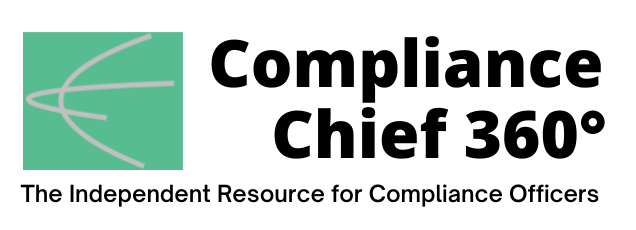
In 2021, after filing a lawsuit in Delaware Chancery Court in November 2019, McDonald’s reached a settlement with Easterbrook, clawing back his severance payment of $105 million in cash and stocks. Without admitting or denying the findings, McDonald’s consented to the SEC’s cease-and-desist order.
Additionally, the SEC announced charges against Easterbrook for “making false and misleading statements to investors about the circumstances leading to his termination in November 2019.” Without admitting or denying the findings, Easterbrook agreed to a $400,000 civil penalty and consented to the SEC’s cease-and-desist order, in which he agreed to be barred from serving as an officer or director for five years.
Case Facts
According to the SEC’s order, McDonald’s terminated Easterbrook in 2019 “for exercising poor judgment and engaging in an inappropriate personal relationship with a McDonald’s employee in violation of company policy.” At the time, McDonald’s and Easterbrook entered a separation agreement concluding he was terminated “without cause,” the SEC said. This finding allowed Easterbrook to retain substantial equity compensation—an estimated $40 million—that otherwise would have been forfeited.
“Public issuers, like McDonalds’s, are required to disclose and explain all material elements of their CEO’s compensation, including factors regarding any separation agreements,” said Mark Cave, associate director of the Enforcement Division. “McDonald’s failed to disclose that the company exercised discretion in treating Easterbrook’s termination as ‘without cause’ in conjunction with the execution of a separation agreement valued at more than $40 million.”
In July 2020, after hearing of additional allegations against Easterbrook, a second internal investigation concluded Easterbrook had engaged in other undisclosed, improper relationships with other McDonald’s employees. In a publicly available letter to employees, McDonald’s President Chris Kempczinski said at the time, “This new information makes it clear that he lied and destroyed evidence regarding inappropriate personal behavior and should not have retained the contractual compensation he did upon his exit.”
The SEC took issue with Easterbrook’s duty to shareholders. “When corporate officers corrupt internal processes to manage their personal reputations or line their own pockets, they breach their fundamental duties to shareholders, who are entitled to transparency and fair dealing from executives,” said SEC Enforcement Division Director Gurbir Grewal. “By allegedly concealing the extent of his misconduct during the company’s internal investigation, Easterbrook broke that trust with—and ultimately misled—shareholders.”
Dissenting Opinion
In a joint dissenting statement, Commissioners Hester Peirce and Mark Uyeda expressed concerns that the SEC’s action “creates a slippery slope that may expand Item 402’s disclosure requirements into unintended areas: a form of regulatory expansion through enforcement.”
In 2006, the SEC adopted the current version of Item 402(b) and (j)(5), which introduced a principles-based disclosure regime for executive compensation, “primarily in a new Compensation Discussion and Analysis section,” Commissioners Peirce and Uyeda said.
Calling the action “a case of first impression,” the Commissioners said they are “unaware of prior Commission or staff actions or positions applying Item 402 in the way that the order does. Additionally, the order can be read to suggest that the underlying reasons for why the company decided to terminate a named executive officer ‘without cause’ instead of ‘with cause,’ and vice versa, need to be disclosed under Item 402. Such ‘hiring and firing discussion and analysis,’ however, is beyond the rule’s scope.”
“A principles-based disclosure rule does not need to expressly describe every possible factual permutation that falls within its scope,” the Commissioners continued. “However, it also does not provide the Commission with a blank check to find violations when disclosures outside of the rule’s ambit are not made.”
Commissioners Peirce and Uyeda argued “to spring a novel interpretation through an enforcement action is not a reasonable regulatory approach. If the Commission intends to expand a settled disclosure requirement, the Commission or its staff should publicly articulate its views through rulemaking or formal guidance, so that companies understand the requirement before the Commission starts enforcing it.” ![]()
Jaclyn Jaeger is a contributing editor at Compliance Chief 360° and a freelance business writer based in Manchester, New Hampshire.

